![物理學經典教材:基本粒子物理學(影印版) [Elementary Particle Physics in a Nutshell]](https://pic.tinynews.org/11310562/rBEhVVImhcoIAAAAAAJSA3hBaFEAACy4gDGAJMAAlIb232.jpg)

具體描述
內容簡介
The 21st century is a time of great change in particle physics. A new energy frontier re- cently opened up at the Large Hadron Collider (LHC) at CERN. It's a time of great excite- ment with the anticipation of unexpected outcomes. At the same time, the most widely used university-level texts on high-energy physics date back to the time leading up to the W and Z boson discoveries. Since then, the Standard Model of particle physics has been thoroughly explored at the Large Electron Positron (LEP) collider at CERN, the Tevatron at Fermilab, HERA at DESY and at two B-factories, KEKB and PEP-II. A decade of neutrino physics has brought an exciting new view on these elementary and light, but massive, particles. This text is an attempt to capture the modem understanding of particle physics in a snapshot of time leading up to the start-up of the LHC. I believe that the pause in the development of texts has been due in part to the anticipated discovery of the Higgs boson and the implications that the observed Higgs field properties will have in defining the high-energy unification of the fundamental interactions. However, it is difficult for a new generation of high-energy physics to prepare for the challenge of the LHC without having the perspective needed to look beyond the limitations of the current Standard Model.內頁插圖
目錄
1 Particle Physics: A Brief Overview1.1 Handedness in the Equation of Motion
1.2 Chiral Interactions
1.3 Fundamental Strong Interaction
1.4 Table of Elementary Particles
1.5 Mass and Charge
1.6 Hypercharge Interaction of the Standard Model
1.7 Higgs Mechanism
1.8 Program of Study
1.9 Exercises
1.10 References and Further Reading
2 Dirac Equation and Quantum Electrodynamics
2.1 Natural Units and Conversions
2.2 Relativistic Invariance
2.3 Pauli-Dirac Representation and Connection with Nonrelativistic QM
2.3.1 Constants of Motion
2.3.2 Velocity in Dirac Theory
2.4 Probability Current
2.5 Free-Particle Solutions in the Pauli-Dirac Representation
2.6 Antiparticles
2.6.1 Charge-Conjugation Symmetry
2.7 Lorentz Transformations
2.7.1 Lorentz Invariance of the Dirac Equation
2.7.2 Lorentz-Invariant Lagrangians and the Euler-Lagrange Equations
2.8 Weyl Representation
2.8.1 Weyl Spinor Two-Component Formalism
2.8.2 Free-Particle Solutions via Lorentz Boost Transform
2.9 Projection Operators and Completeness Relations
2.10 Discrete Lorentz Transformations
2.11 Covariant Form of the Electromagnetic Interaction
2.12 Relativistic Propagator Theory
2.12.1 Source Terms: Coulomb Scattering Potential
2.12.2 Photon Propagator
2.12.3 Massive Spin-1 Propagator
2.13 S-Matrix and Feynman Rules for QED
2.3.1 Cross Sections and Decay Rates
2.13.2 Worked Example: Mort Scattering
2.14 Spin Statistics
2.15 Exercises
2.16 References and Further Reading
3 Gauge Principle
3.1 Global Internal Symmetries
3.2 Local Gauge Symmetries
3.3 S U(z) and the Weak Interaction
3.3.1 Gauge Transformations of Massive Spin-1 Four-Potentials
3.3.2 Non-Abelian Four-Potentials
3.3.3 Weak and Electromagnetic Interactions
3.4 Electroweak Gauge Interactions
3.5 Gauge Interaction of QCD
3.6 Structure of Elementary Matter
3.7 Spontaneous Symmetry Breaking
3.8 Higgs Mechanism
3.8.1 Minimum Single-Doublet of Complex Scalar Fields
3.9 Glashow-Weinberg-Salam Theory of the Electroweak Interactions
3.10 Neutral-Current Feynman Rules
3.11 Fermion Masses and the CKM Mixing Matrix
3.12 Neutrino Masses and the CKM Mixing Matrix
3.13 Interaction Vertices in the Standard Model
3.14 Higgs Mechanism and the Nambu-Goldstone Theorem
3.15 Goldstone Boson Equivalence
3.16 Anomaly Cancellation
3.17 Exercises
3.18 References and Further Reading
4 Hadrons
4.1 Color Antiscreening and Quark Confinement
……
5 Detectors and Measurements
6 Neutrino Oscillations and CKM Measurements
7 e+e- Collider Physics
8 Hadron Colliders
9 Higgs Physics
前言/序言
用戶評價
評價三 我對這本書的期待,更多地源於它所承載的“經典”二字。在物理學的長河中,一些著作之所以能成為經典,往往是因為它們不僅僅是知識的堆砌,更是思想的傳承和方法的啓迪。我希望這本書能夠帶我走進基本粒子物理學的殿堂,讓我不僅僅是學習到公式和模型,更能感受到科學傢們探索未知時那種嚴謹的科學精神和非凡的創造力。我個人對理論物理的數學框架非常感興趣,所以,我期待書中能在必要的時候,對關鍵的數學工具進行講解,例如群論、張量分析等,但又不至於過於晦澀,讓讀者能夠跟上思路。同時,我也希望書中能有一些曆史的敘述,介紹基本粒子物理學是如何一步步發展起來的,有哪些關鍵的實驗和理論突破,這些故事能讓冰冷的公式變得鮮活起來。我也會留意書中是否包含瞭一些經典的習題,這對於鞏固學習非常重要。總而言之,我希望這本“經典教材”能成為我物理學學習道路上的一塊堅實的基石。
評分評價二 說實話,最初吸引我的是“Nutshell”這個副標題,它暗示著這本書旨在用一種精煉、易懂的方式來介紹基本粒子物理學這個復雜而迷人的領域。我之前接觸過一些物理學入門讀物,但很多時候總感覺抓不住重點,或者是在細節中迷失瞭方嚮。所以,一本能“凝練精髓”的書籍對我來說具有非凡的價值。我設想,這本書的作者一定是一位有著深厚學術功底並且善於溝通的物理學傢,他能夠將那些高深的理論用清晰的語言錶達齣來,讓初學者也能領略到粒子世界的魅力。我特彆期待書中能夠提供一些關於粒子探測器、加速器等實驗技術方麵的介紹,畢竟理論和實驗是相互促進的,瞭解實驗的手段也能加深對理論的理解。此外,我也會關注書中對前沿研究的提及,例如希格斯玻色子的發現,以及可能存在的超越標準模型的新粒子或新理論。作為一本“經典教材”,我相信它在邏輯編排上會非常嚴謹,從最基礎的概念講起,逐步深入,構建起一個完整的知識體係。
評分評價一 這本書的扉頁上印著“物理學經典教材”,這幾個字就足以讓很多物理愛好者和學生心生嚮往。我最近剛好在探索量子場論的奧秘,對標準模型有著濃厚的興趣,所以當看到這本《基本粒子物理學(影印版)》時,我的好奇心瞬間被點燃瞭。雖然我還沒來得及深入閱讀,但從封麵設計和字體風格就能感受到一種紮實的學術氣息,仿佛能觸摸到那些曾經塑造瞭我們對宇宙認識的偉大思想。封麵上那簡潔而又富有力量的圖案,似乎預示著書中即將展開的粒子世界的宏大敘事。我尤其期待書中關於誇剋、輕子、規範玻色子等基本粒子的描述,希望能找到一些直觀的類比和深刻的洞見,幫助我理解那些抽象的概念。同時,作為影印版,我也會留意它在排版和印刷上的細節,畢竟,好的閱讀體驗也能極大地提升學習的效率和樂趣。我希望這本書能夠像它的名字一樣,將基本粒子物理學的精髓濃縮其中,為我打開一扇通往微觀宇宙的窗戶,讓我得以窺見最基本的物質構成和相互作用的規律。
評分評價四 我對這本《基本粒子物理學(影印版)》的興趣,源於我對宇宙起源和演化過程的深切好奇。我認為,理解基本粒子,就是理解構成我們所處宇宙的最基本單元,也是解開宇宙奧秘的一把關鍵鑰匙。這本書的“影印版”形式,讓我有一種與曆史對話的感覺,仿佛能看到當年學者們在書桌前埋頭研究的場景。我期待書中能夠詳盡地介紹標準模型的構成,包括所有已知的基本粒子及其性質,以及它們之間的基本相互作用力。我尤其想瞭解強相互作用、弱相互作用、電磁相互作用和引力之間的聯係和區彆,以及它們是如何在不同的能量尺度下錶現齣來的。此外,我也會關注書中對對稱性原理的闡述,因為對稱性在現代物理學中扮演著至關重要的角色。作為一本教材,我希望它能夠清晰地解釋每一個概念,並提供足夠的例證和推導過程,讓我能夠理解理論的來龍去脈,而不僅僅是記住結論。
評分評價五 我購買這本書,更多的是齣於一種學習和探索的內在驅動力。我對物理學,尤其是涉及微觀世界的領域,有著強烈的求知欲。這本書的標題“基本粒子物理學”本身就充滿瞭吸引力,它直接指嚮瞭構成萬物的最基本元素。我希望這本書能夠提供一個全麵而係統的視角來審視這個領域。我期待書中能夠從最基礎的粒子模型開始,逐步構建起對量子場論的理解,這是理解基本粒子物理學的核心理論框架。我會仔細閱讀書中關於量子電動力學(QED)和量子色動力學(QCD)的章節,希望能通過清晰的講解,掌握這些描述基本粒子相互作用的強大理論。同時,我也會留意書中是否對中微子振蕩、CP破壞等更復雜的現象有所涉及,這些現象往往是連接實驗觀測和理論模型的重要橋梁。作為一本“經典教材”,我希望它的內容具有長久的生命力,能夠為我提供一個堅實的基礎,讓我能夠繼續深入探索更前沿的物理學問題。
評分乾一行 愛一行 所以就買瞭 這本書 索然很專業 但是仍然在京東買到瞭 找瞭很久 希望 對我的工作有幫助 一邊乾工作 也不不能忘記瞭 看書啊 如果好的話 推薦給廣大同行做教材用也是一個不錯的主意 據說是經典 啊
評分乾一行 愛一行 所以就買瞭 這本書 索然很專業 但是仍然在京東買到瞭 找瞭很久 希望 對我的工作有幫助 一邊乾工作 也不不能忘記瞭 看書啊 如果好的話 推薦給廣大同行做教材用也是一個不錯的主意 據說是經典 啊
評分正版,紙質很好,愛不釋手呀
評分好書。。。。。。。。。
評分好書。。。。。。。。。
評分書的質量蠻好,為啥不買kindle呢?買書的錢都省瞭
評分書的質量蠻好,為啥不買kindle呢?買書的錢都省瞭
評分不錯的一本教材,送貨速度也很快。
評分挺好的,下次有需要還是選擇京東~~~
相關圖書
本站所有内容均为互联网搜索引擎提供的公开搜索信息,本站不存储任何数据与内容,任何内容与数据均与本站无关,如有需要请联系相关搜索引擎包括但不限于百度,google,bing,sogou 等
© 2025 book.tinynews.org All Rights Reserved. 静思书屋 版权所有

![概率論入門 [A Probability Path] pdf epub mobi 電子書 下載](https://pic.tinynews.org/11314934/rBEhWVIxiAAIAAAAAACYpWnL9lEAADFiQAt_-QAAJi9392.jpg)
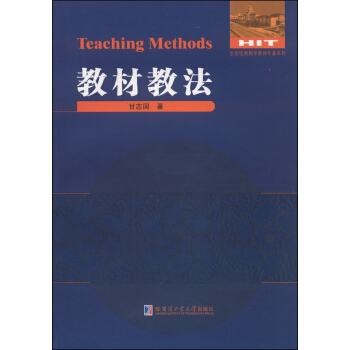
![典藏:房龍地理(原版插圖) [Van Loon's Geography: The Story of the World We Live In] pdf epub mobi 電子書 下載](https://pic.tinynews.org/11612642/54afb145Nf63e8ffd.jpg)
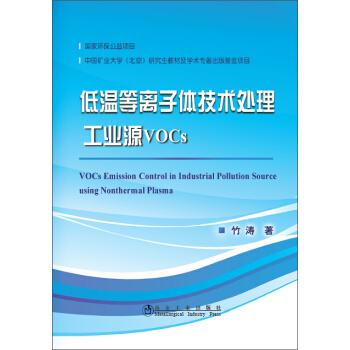
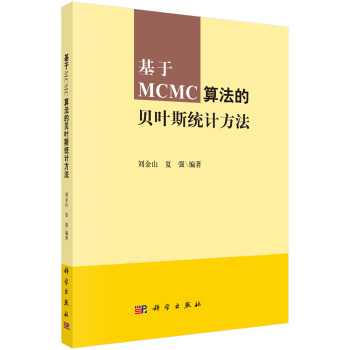
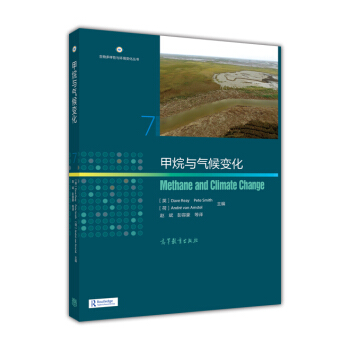

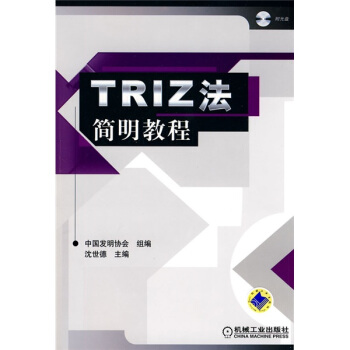

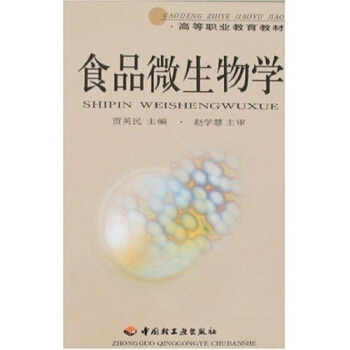
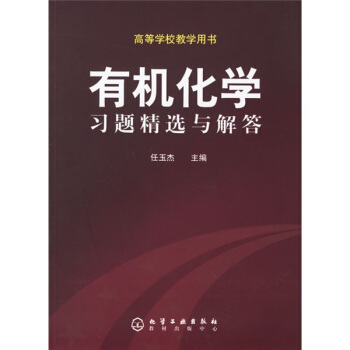
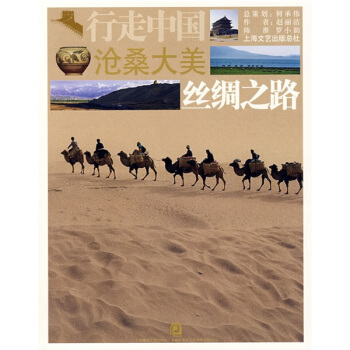
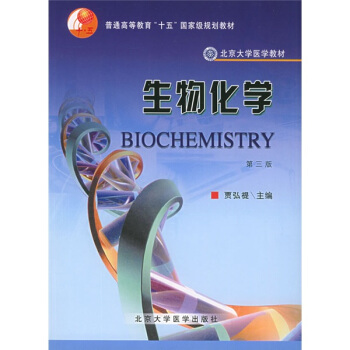
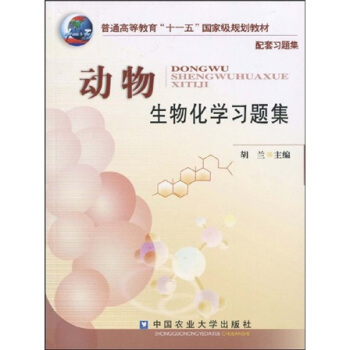
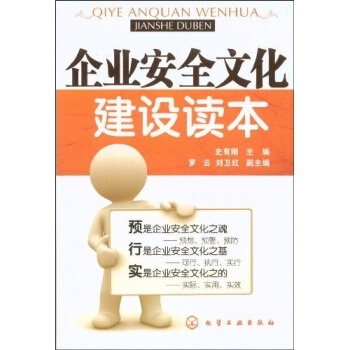
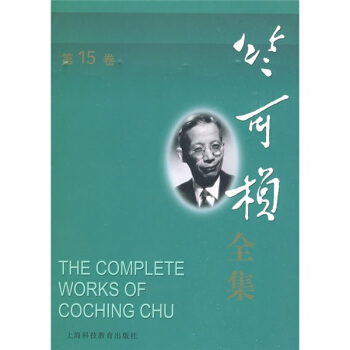
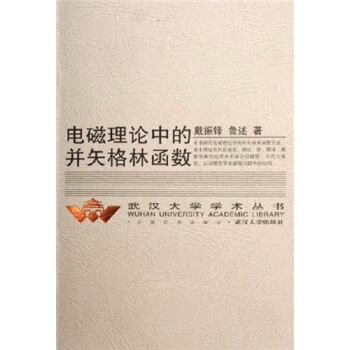
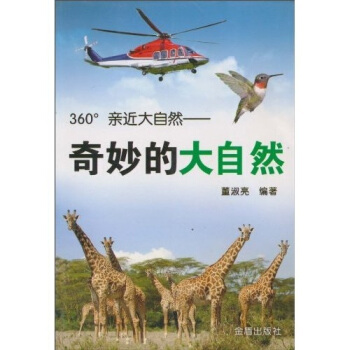
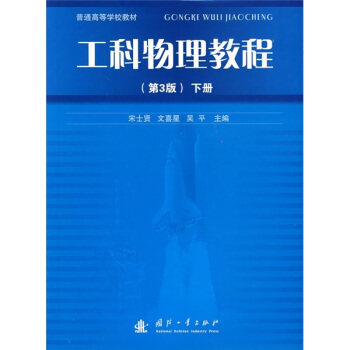
![不確定性 [Uncertainty] pdf epub mobi 電子書 下載](https://pic.tinynews.org/10377470/7b47407b-12a1-4b1a-ab90-d1d801e94eed.jpg)